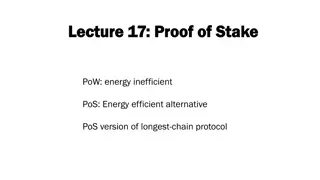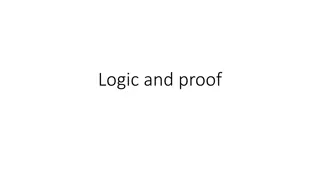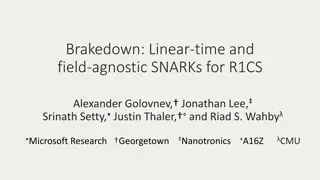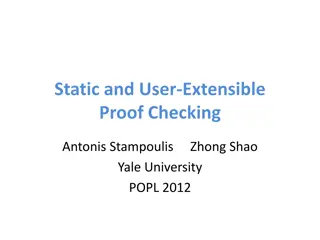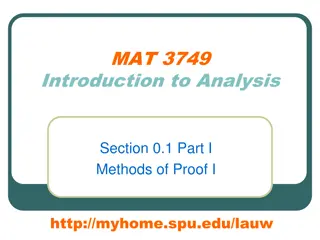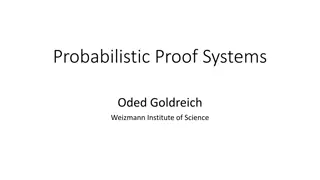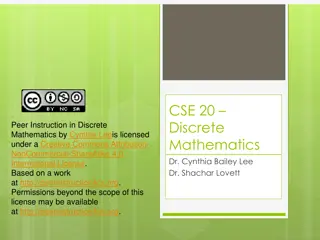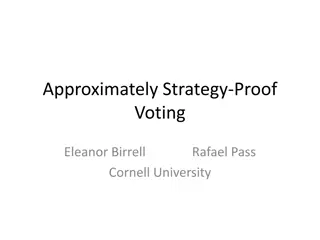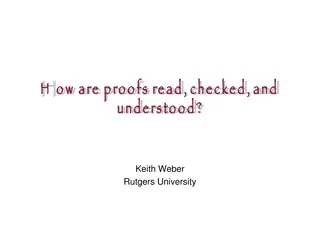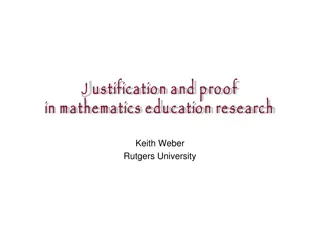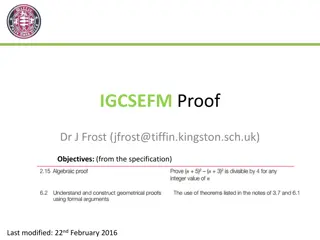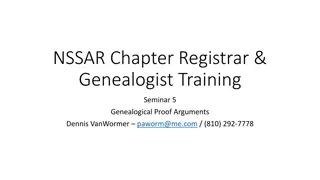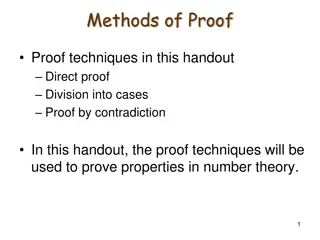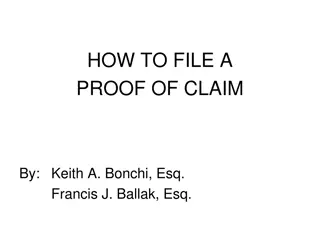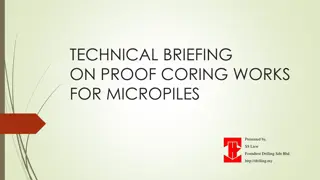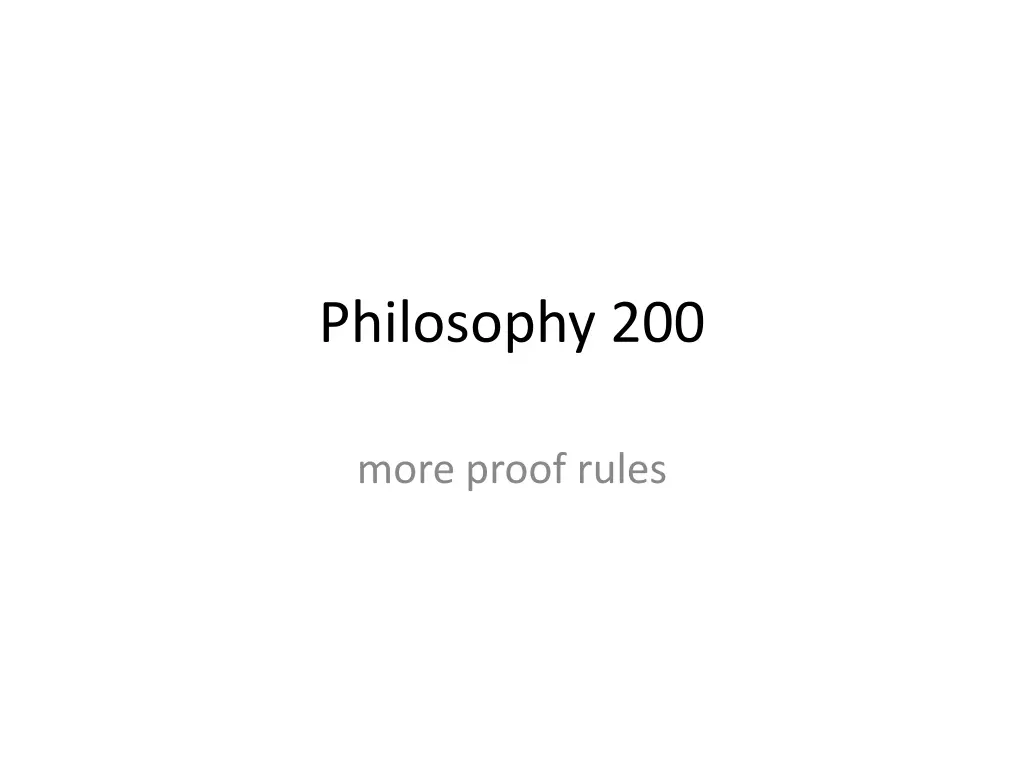
Advanced Logic Proof Rules and Techniques
Explore the advanced logic proof rules and techniques such as Implication Rules, Simplification, Conjunction, and Addition. Learn how to apply these rules in proofs with helpful examples and illustrations.
Uploaded on | 3 Views
Download Presentation

Please find below an Image/Link to download the presentation.
The content on the website is provided AS IS for your information and personal use only. It may not be sold, licensed, or shared on other websites without obtaining consent from the author. If you encounter any issues during the download, it is possible that the publisher has removed the file from their server.
You are allowed to download the files provided on this website for personal or commercial use, subject to the condition that they are used lawfully. All files are the property of their respective owners.
The content on the website is provided AS IS for your information and personal use only. It may not be sold, licensed, or shared on other websites without obtaining consent from the author.
E N D
Presentation Transcript
Philosophy 200 more proof rules
Implication Rules 4-8 There are 8 implication rules in this system, 4 of which you have already seen.
Implication Rules 4-8 There are 8 implication rules in this system, 4 of which you have already seen. Here are the other 4.
Implication Rules 4-8 There are 8 implication rules in this system, 4 of which you have already seen. Here are the other 4. There are also 10 replacement rules and 2 assumption procedures (these are for later)
Implication Rules 4-8 There are 8 implication rules in this system, 4 of which you have already seen. Here are the other 4. There are also 10 replacement rules and 2 assumption procedures (these are for later) (wouldn t it be nice to just have 8 rules?)
Simplification When one line of a proof is a conjunction, any later line may be one of the conjuncts. If two things are both true, then any one of them is true by itself.
Example: 1. P Q 2. P Premise 1, Simp Justifications Lines
Conjunction Any two lines of a proof may be put onto a new line as a conjunction. If two things are true separately, then they are true together.
Example: 1. P 2. Q 3. P Q Premise Premise 1,2 Conj Justifications Lines
Addition Any line of a proof may be turned into a disjunction, adding as the other disjunct whatever sentence of SL you want. If something is true, then any disjunction it is a part of will be true.
Example: 1. P 2. P v Q Premise 1, Add Justifications Lines
Constructive Dilemma This one is just a special case of modus ponens (see example)
Example: 1. (P Q) (R S) 2. P v R 3. Q v S Premise Premise 1,2, CD Justifications Lines



